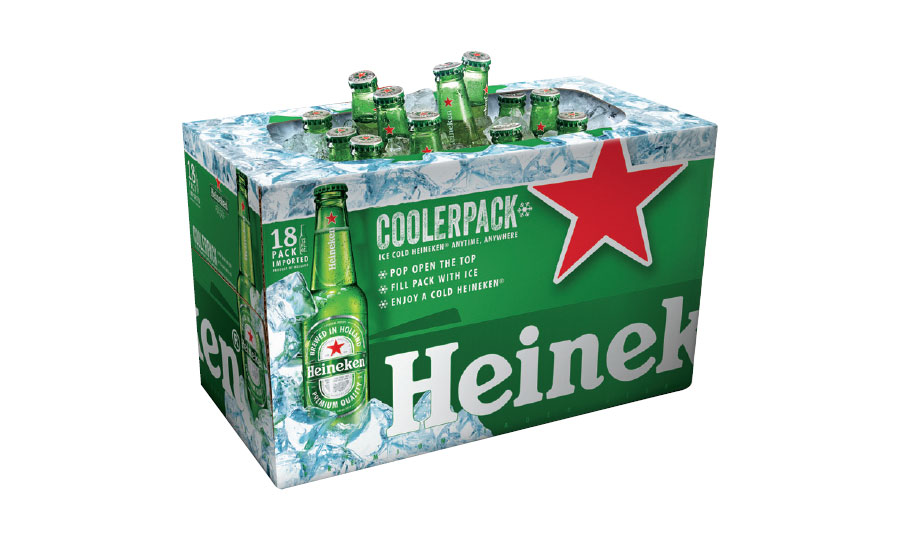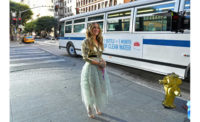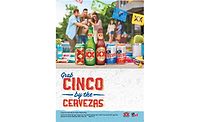In a May 2017 Insights from New York-based Nielsen titled “The State of the U.S. Beer Market,” the market research firm highlights that Americans spent more than $37 billion on beer during the year-end period of Feb. 25, 2017, across Nielsen-measured channels. Although the beer market maintains its dominance, Nielsen notes that the category benefitted more from pricing strategies than consumption trends.
“Despite the massive scale of the category, however, sales growth in recent times has largely been due to pricing rather than increased consumption,” the Insights states. “In fact, beer has lost some of its footing over the past five years or so, with consumers across generations spending more on wine and spirts without increasing their overall alcoholic beverage spending.”
In Chicago-based Mintel’s October 2017 report titled “Beer and Craft Beer – US,” the market research firm reports that when compared with other alcohol beverage categories, a higher percentage of beer consumers reported drinking less beer in 2017 and named various reasons for the shift.
Despite the challenges facing the beer market, Chicago-based Information Resources Inc. (IRI) data shows that case sales were relatively flat, as they were down 0.4 percent for the 52 weeks ending Dec. 31, 2017, across total U.S. multi-outlets.
With dollar sales exceeding $25.2 billion for the 52 weeks ending Dec. 31, 2017, domestic beer accounted for nearly three-quarters of the overall $34.4 billion total beer category sales in 2017, based on IRI data.
(Individual brands)
| Dollar Sales | % CHANGE VS. PRIOR YEAR | MARKET SHARE | % CHANGE VS. PRIOR YEAR | |
| Bud Light | $7,598,670,080 | -4.9% | 58.5 | -0.9 |
| Coors Light | $2,588,286,164 | -2.6% | 19.9 | 0.2 |
| Miller Lite | $2,027,405,699 | -0.8% | 15.6 | 0.4 |
| Yuengling Traditional Lager | $390,536,075 | 4.2% | 3.1 | 0.2 |
| Rolling Rock | $141,033,440 | 2.6% | 1.0 | 0.1 |
| Category total* | $12,989,462,724 | -3.4% | 37.4 | — |
Source: Information Resources Inc. (IRI), Chicago. Total U.S. supermarkets, drug stores, gas and convenience stores, mass merchandisers, military commissaries, and select club and dollar retail chains for the 52 weeks ending May 20.
Among the sub-segments, premium and sub-premium both registered dollar and case sales declines; however, super-premium saw dollar sales up double-digits and case sales were shy of 10 percent growth in the 52 weeks ending Dec. 31, 2017. This sales data supports trend shifts that analysts have recognized in the U.S. beer market.
“[A]ll the growth in beer over the past five to 10 years has been in the high end, led by craft beer, which is more fragmented and flavorful,” said Brian Sudano, managing partner with New York-based Beverage Marketing Corporation (BMC), in Beverage Industry’s March issues. “This is where the consumer is moving.”
Another beer segment helping to offset declines has been imported beers.
“The imported beer market has evolved dramatically over the past 20 years,” Sudano said. “Originally, imported beers were styles not seen in the U.S. Part of the value proposition dealt with the authenticity and attachment to a specific origin or province. With the rapid growth and penetration of craft beer, more flavorful beers are readily available. Tap rooms have taken on the mystique similar to foreign lands. As a result, the specialness has been somewhat eroded.”
(Individual brands)
| Dollar Sales | % CHANGE VS. PRIOR YEAR | MARKET SHARE | % CHANGE VS. PRIOR YEAR | |
| Corona Extra | $2,202,254,452 | 8.5% | 32.8 | 0.2 |
| Modelo Especial | $1,755,313,063 | 22.0% | 26.0 | 3.0 |
| Heineken | $807,919,877 | 0.1% | 12.0 | -0.9 |
| Dos Equis XX Lager Especial | $384,056,045 | -0.3% | 5.7 | -0.5 |
| Stella Artois | $372,265,683 | 7.1% | 5.5 | 0.0 |
| Category total* | $6,710,700,024 | 7.7% | 19.3 | — |
Source: Information Resources Inc. (IRI), Chicago. Total U.S. supermarkets, drug stores, gas and convenience stores, mass merchandisers, military commissaries, and select club and dollar retail chains for the 52 weeks ending May 20.
Sudano predicted that the import segment will continue to grow for the next five years, but that growth likely will come from specific regions.
“Mexican imports should be viewed separately [from] the rest of imports due to its proximity to [the] U.S.,” he explained.
The craft beer segment, which has been a contributor to dollar and volume sales growth for the overall beer market in recent years, however, has started to experience a deceleration.
In its June 2017 report titled “Beer in the US,” Chicago-based Euromonitor International points to various data points that have contributed to craft beer’s deceleration.
(Individual brands)
| Dollar Sales | % CHANGE VS. PRIOR YEAR | MARKET SHARE | % CHANGE VS. PRIOR YEAR | |
| Blue Moon | $341,897,175 | 1.7% | 8.3 | -0.3 |
| Sam Adams | $271,304,208 | -11.5% | 6.6 | -1.3 |
| Sierra Nevada | $245,381,863 | -1.7% | 6.0 | -0.4 |
| New Belgium | $203,303,128 | 0.7% | 5.0 | -0.2 |
| Lagunitas | $182,148,366 | 5.3% | 4.4 | 0.0 |
| Category total* | $4,118,769,321 | 5.3% | 11.9 | — |
Source: Information Resources Inc. (IRI), Chicago. Total U.S. supermarkets, drug stores, gas and convenience stores, mass merchandisers, military commissaries, and select club and dollar retail chains for the 52 weeks ending May 20.
“Craft beer, long a driver of beer volumes, underwent what will undoubtedly be noted as the early stages of saturation in 2016,” the report states.
The market research firm pinpoints various contributors to this shift, such as market saturation.
“Although substantial consumer interest in the U.S. craft beer market remained, the proliferation of brewers and the offerings they produce quenched consumers’ thirst for well-crafted beers, ushering in a new era of competition.”
Among the ways that craft brewers are looking to return to its years of notable growth is through new product innovations, particularly with sessionable beers.
“Sessionable beer addresses usage occasions, e.g., refreshment and ability to drink more per sitting (lower alcohol and calories facilitate this),” BMC’s Sudano said. “An additional benefit is its appeal to women as they tend to have a predisposition against heavily bitter beers.” BI




